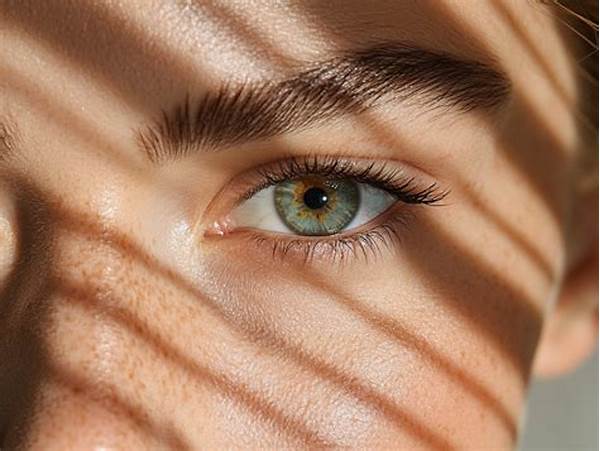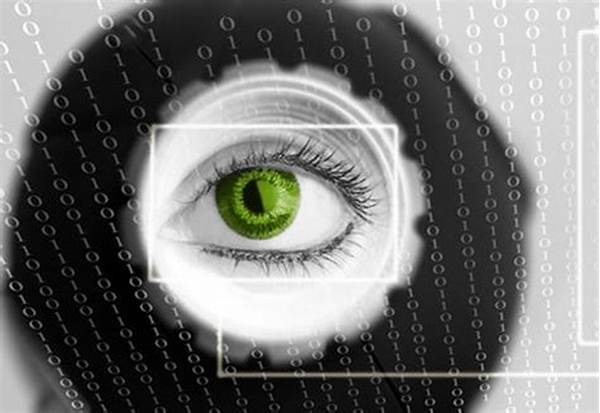Hello, photography enthusiasts! Ready to dive into the world of indoor portrait lighting and transform your photography skills? Whether you’re just starting or looking to brush up on your lighting techniques, we’ve got you covered. This article explores everything you need to know about mastering indoor portrait lighting, ensuring that your shots are consistently stunning. Let’s get started, shall we?
Read Now : Pocket-friendly Wedding Photography Offers
Understanding the Basics of Indoor Lighting
Mastering indoor portrait lighting begins with understanding the basics. When you’re shooting indoors, your lighting options are more controlled but can also be tricky. Natural light might be limited, and artificial light can cast harsh shadows. The key is experimenting with different light sources and modifiers. Natural windows can provide soft, flattering light, while lamps and overhead lights can add depth. Understanding your equipment, like reflectors and light diffusers, will significantly impact how your portraits turn out. You’ll need to adapt to each situation, which makes mastering indoor portrait lighting critical.
Don’t forget about white balance—it affects the color accuracy of your photos. Experiment with different camera settings to find what works best. Knowing how to balance all these elements will elevate your portraits to a professional level. This ability to adapt and adjust is what makes mastering indoor portrait lighting so rewarding. Remember, practice and experimentation are your best friends in this journey!
Finally, composition plays a role too. Consider your angles, backgrounds, and how your subject interacts with light. Doing so will help you create more compelling images. You may fancy a dramatic shadow or a brightly lit face; the choice is yours—making mastering indoor portrait lighting an art in itself.
Equipment Essentials for Portrait Lighting
When mastering indoor portrait lighting, the right equipment is key. Start with a reliable light source like softboxes or ring lights. Reflectors are life-savers—they bounce the light, making it softer. Light stands can give you the perfect angle, and don’t forget diffusers for that dreamy, professional finish.
Tips for Natural and Artificial Light
Natural light is fantastic but not always available. When mastering indoor portrait lighting, consider combining it with artificial light. Use lamps or LED panels to fill in shadows and provide consistency. It’s all about creating a balanced light environment that makes your subject shine, literally and figuratively.
The Importance of Light Modifiers
Mastering indoor portrait lighting often includes using modifiers. Softboxes, umbrellas, and diffusers help control how light hits your subject, minimizing harsh shadows and enhancing the mood. Understanding when and how to use these tools will turn your average portraits into stunning, professionally-lit masterpieces.
Photography Techniques and Tricks
Getting creative with techniques is part of mastering indoor portrait lighting. Play with angles to highlight your subject’s best features and use reflective surfaces to add depth. Practice using the rule of thirds to enhance the composition. Remember, your style will evolve as you become more confident with indoor lighting.
Common Mistakes to Avoid
The road to mastering indoor portrait lighting is paved with mistakes, and that’s okay! Avoid common pitfalls like harsh shadows, wrong white balance, and over- or underexposure. Take your time to adjust your settings and always review your shots—learning from each mistake helps you grow.
Read Now : Mastering Symmetry In Photo Composition
Mastering Indoor Portrait Lighting: A Photographer’s Journey
Mastering indoor portrait lighting isn’t just about using the latest equipment or knowing the trendiest techniques; it’s a journey. As you practice, you’ll uncover your style, one that resonates with the kind of portraits you wish to capture. You might find that you prefer soft, diffused light for intimate, candid moments, or maybe the drama of sharp backlighting excites you. Whatever your preference, mastering indoor portrait lighting involves experimenting and learning from each shot you take.
Many photographers have turned their challenges into art forms. For instance, struggling with low light might push you to master artificial lighting methods, while dealing with too much natural light can lead to impressive high-key photography. You get to explore a world of possibilities, unlocking new creative avenues each time you pick up your camera. When things click, literally and metaphorically, you’re not just taking photos—you’re telling stories, capturing emotions, and creating art.
The Realities and Rewards of Mastering Indoor Portrait Lighting
Have you ever been frustrated because your indoor photos didn’t turn out as you’d hoped? Don’t worry, it’s a common challenge shared by many photographers. The good news is that mastering indoor portrait lighting can turn this frustration into creative triumphs! You’ll need to invest time and energy into learning your equipment and its capabilities. The next time you use your softbox or adjust your reflectors, you’ll do so with purpose, knowing exactly what you want to achieve.
The reward? Indoor lighting mastery opens up a whole world of portrait possibilities—from cozy in-home sessions to artistic studio setups. Once you’ve conquered the indoor lighting landscape, you’ll find your confidence growing and creativity flowing freely. Each successful shot becomes a testament to your dedication and improvement, making all the effort worthwhile. Ultimately, mastering indoor portrait lighting is about constant learning, growth, and the endless joy of creativity—it’s a photographer’s endless adventure!
Conclusion: Your Path to Mastering Indoor Portrait Lighting
Mastering indoor portrait lighting isn’t achieved overnight. It demands curiosity, patience, and practice—all essential qualities for any photographer. Take time to get to know your lighting tools, experiment with different settings, and embrace the learning curve. In no time, you’ll find yourself adeptly managing light sources, setting the right mood and telling compelling stories through portraits.
Remember that mastering indoor portrait lighting can greatly enhance both the quality and emotional impact of your images. As you continue on this journey, your personal style will emerge and evolve, and with it, your confidence and passion for photography will only grow stronger. Keep practicing, stay curious, and let your creativity lead the way. Whether you’re capturing intimate family moments or crafting striking professional headshots, mastering indoor portrait lighting will ensure your subjects always shine in the best light.



